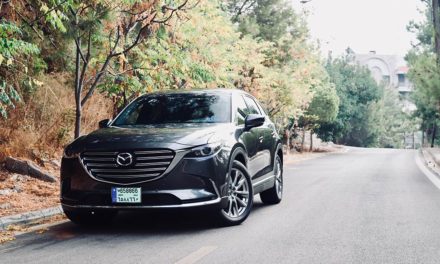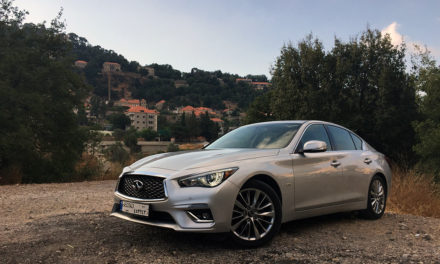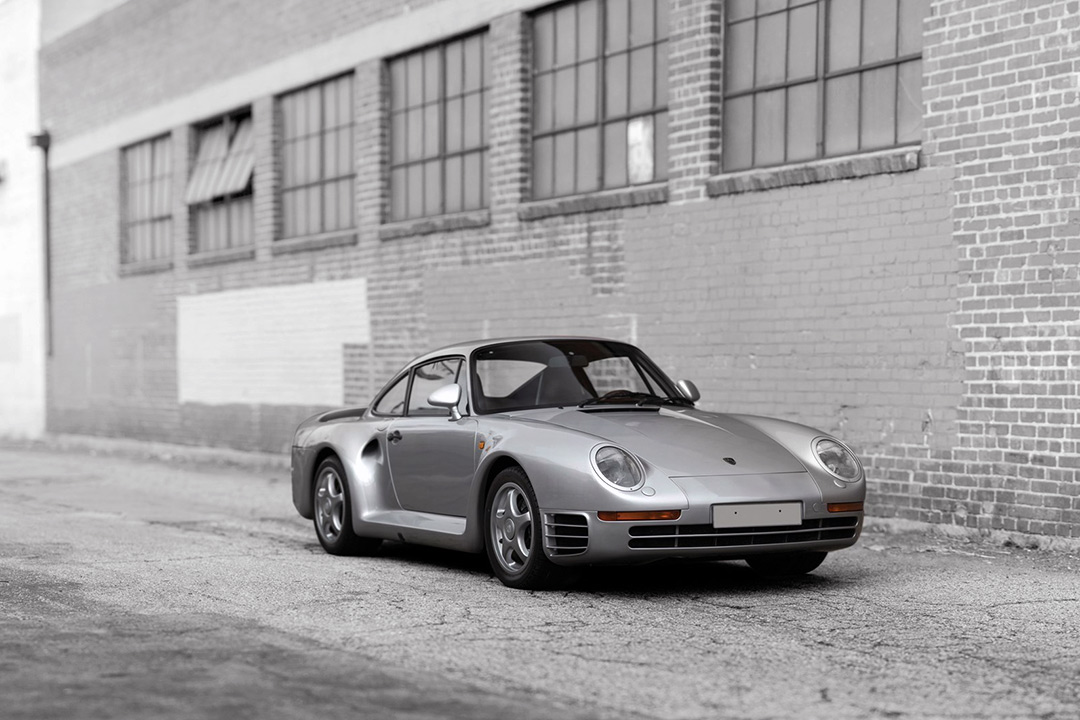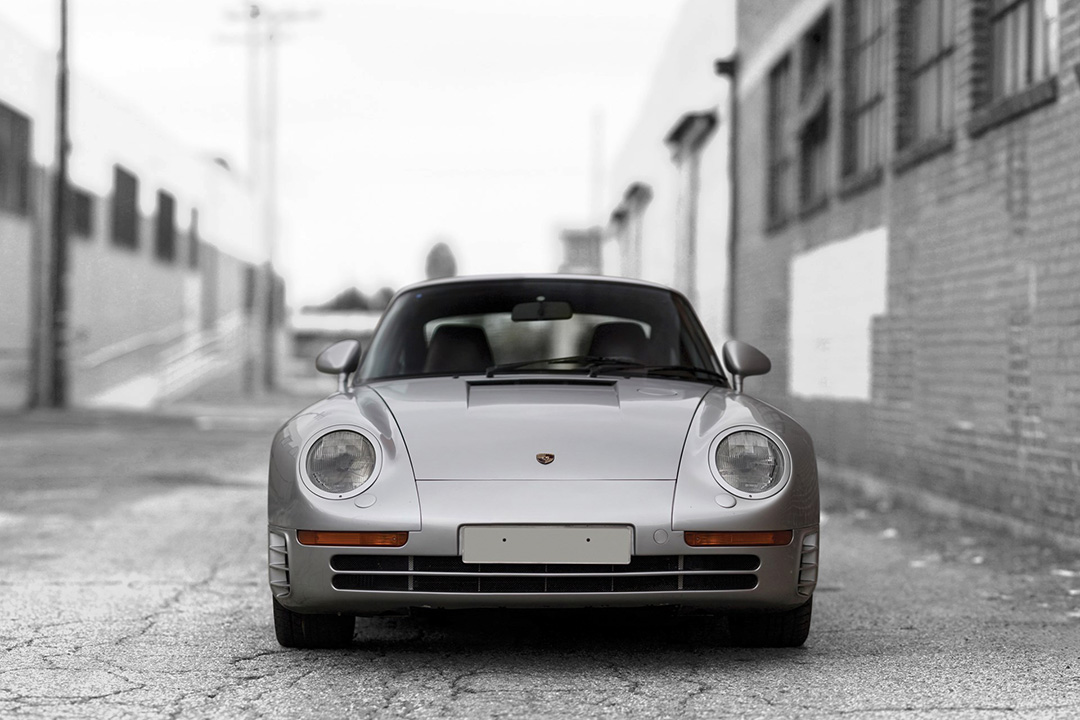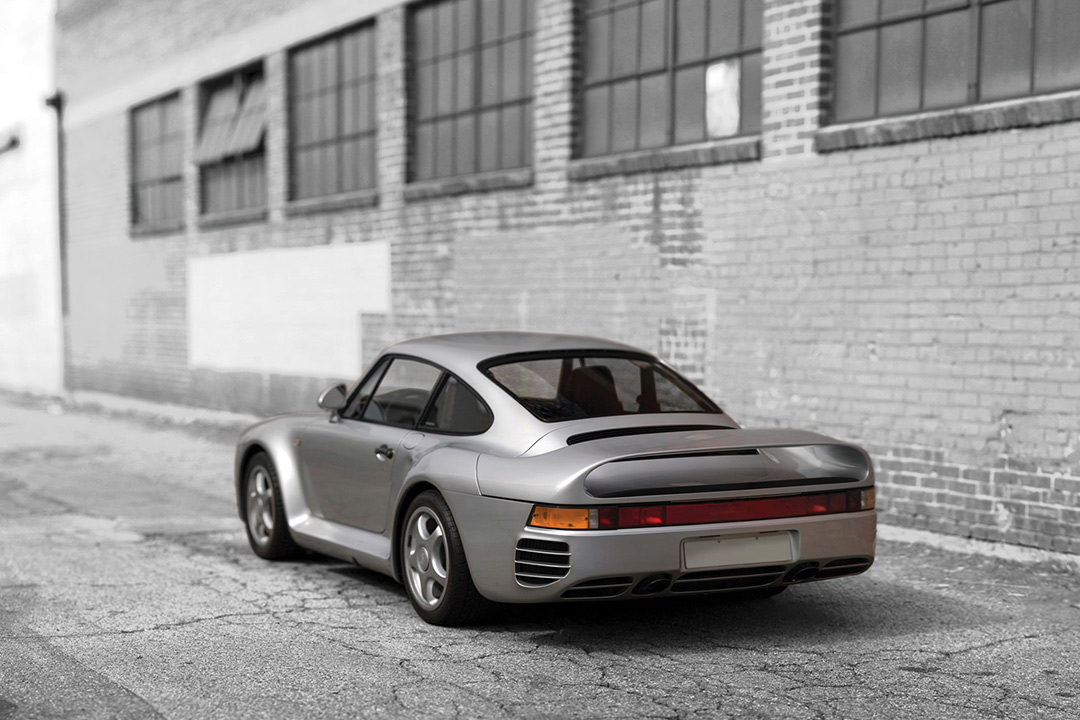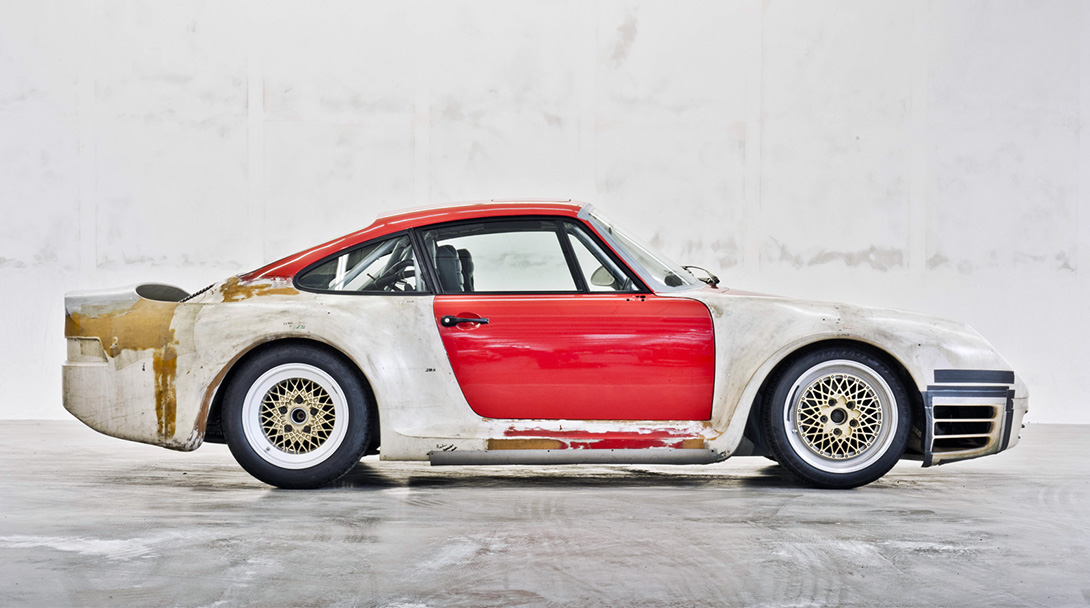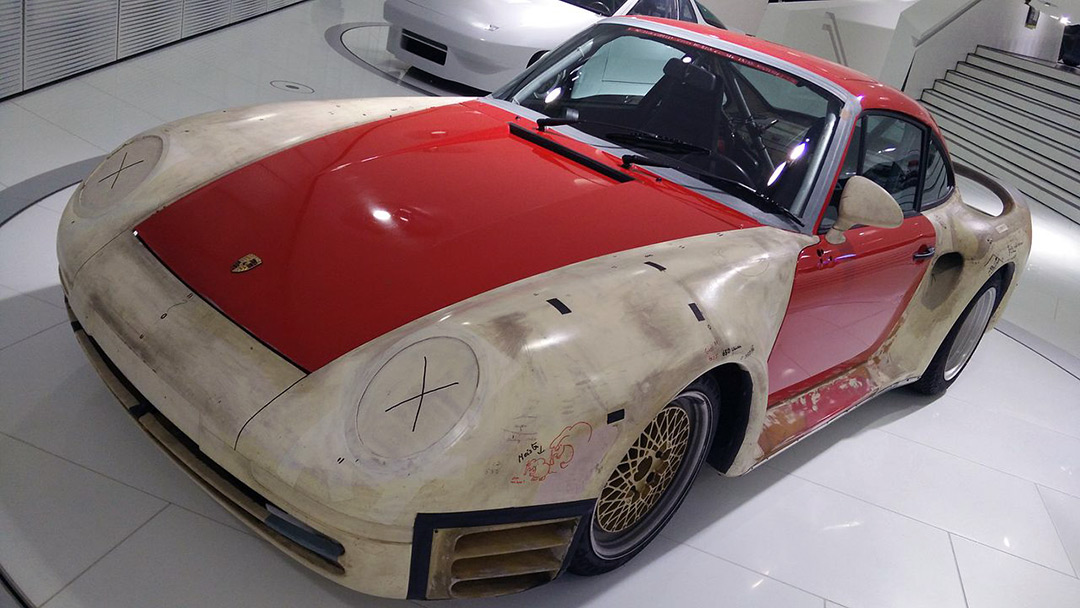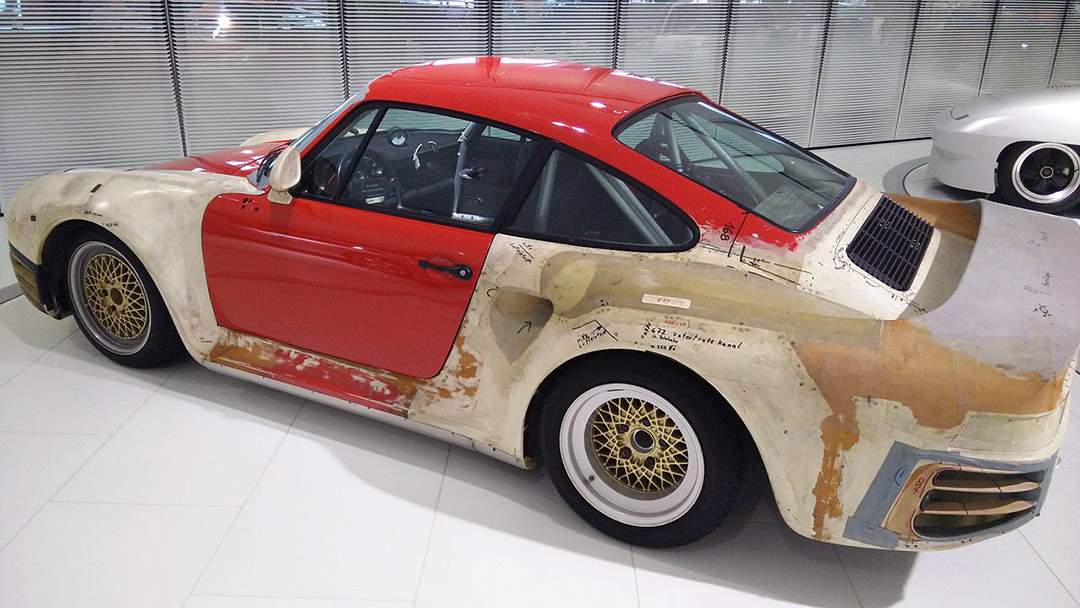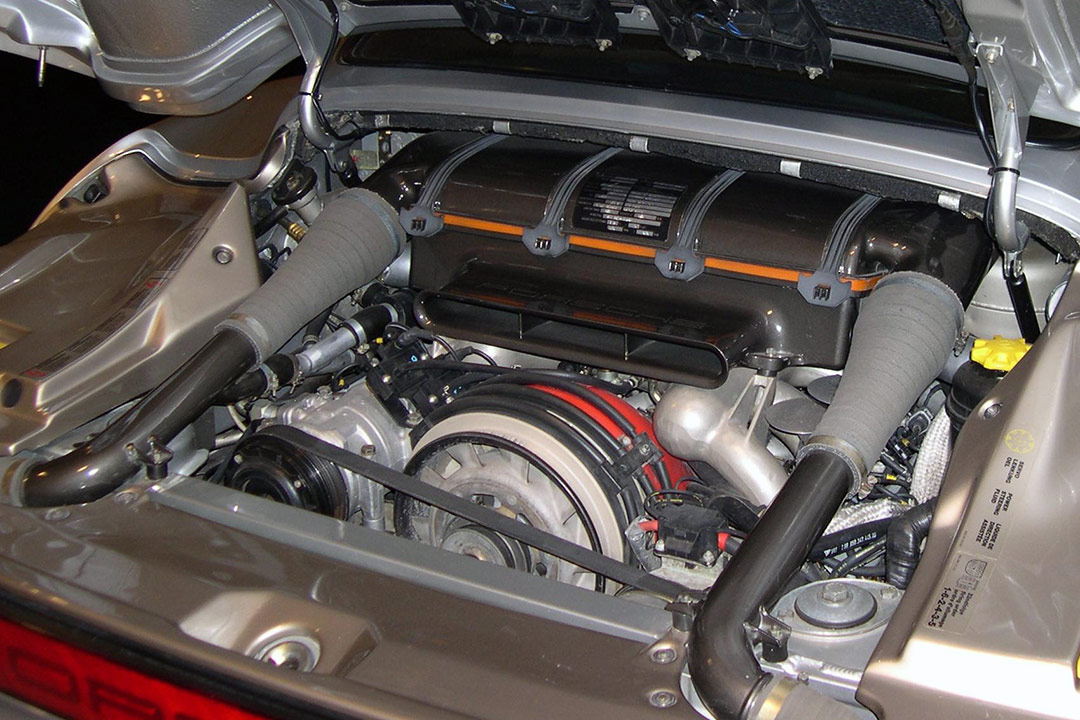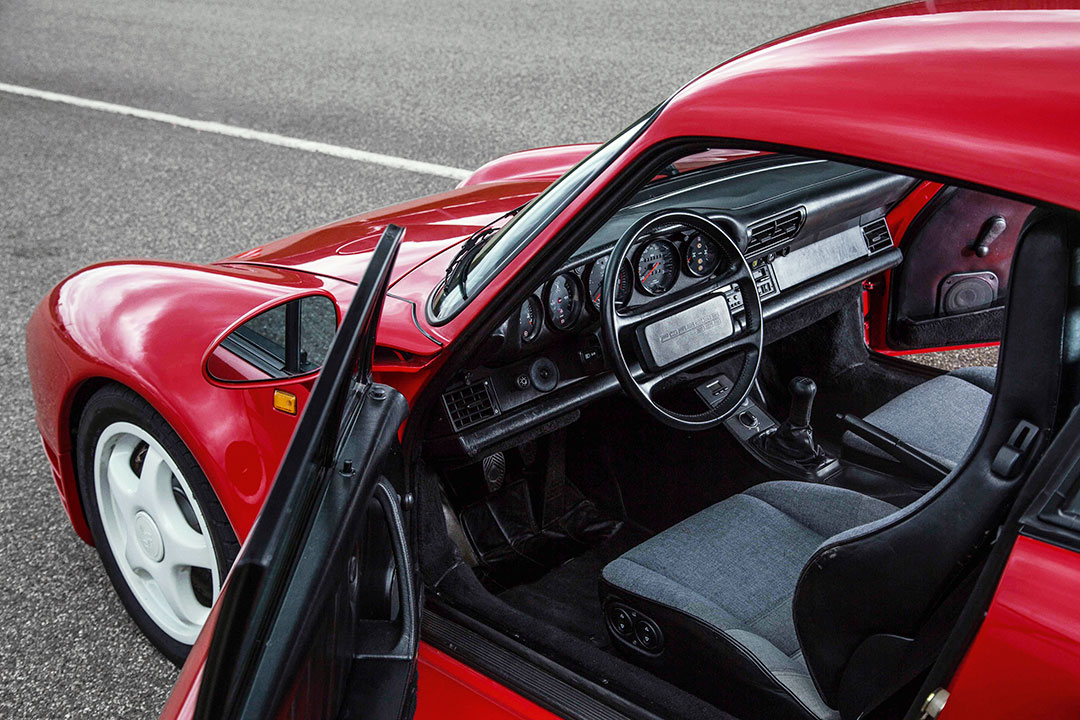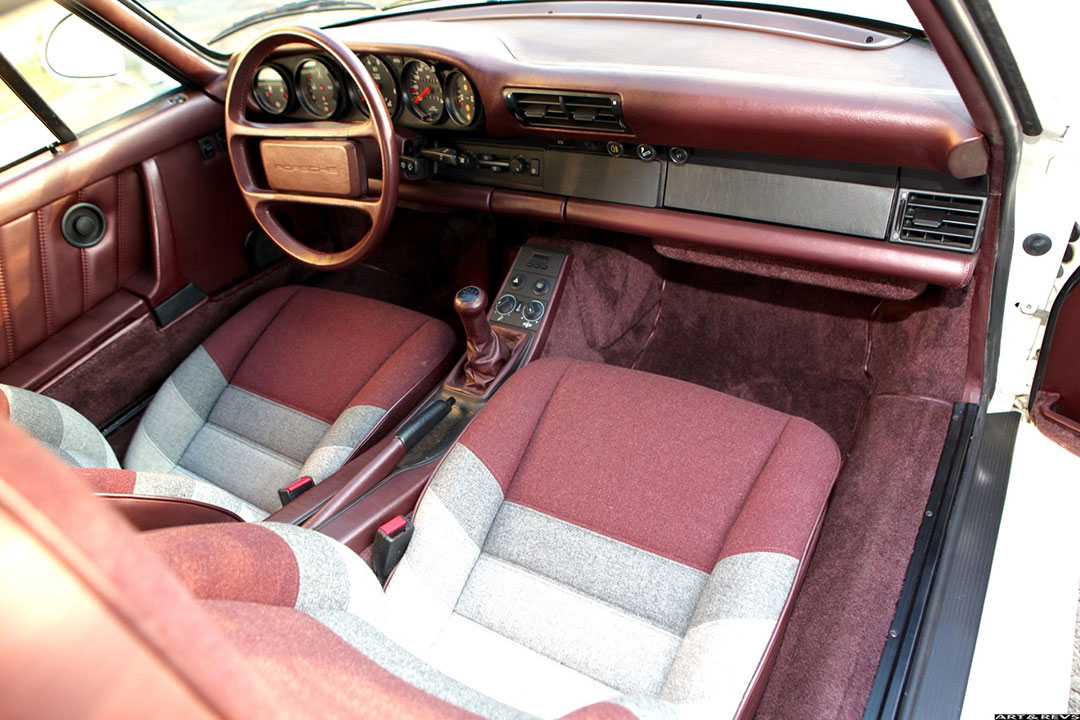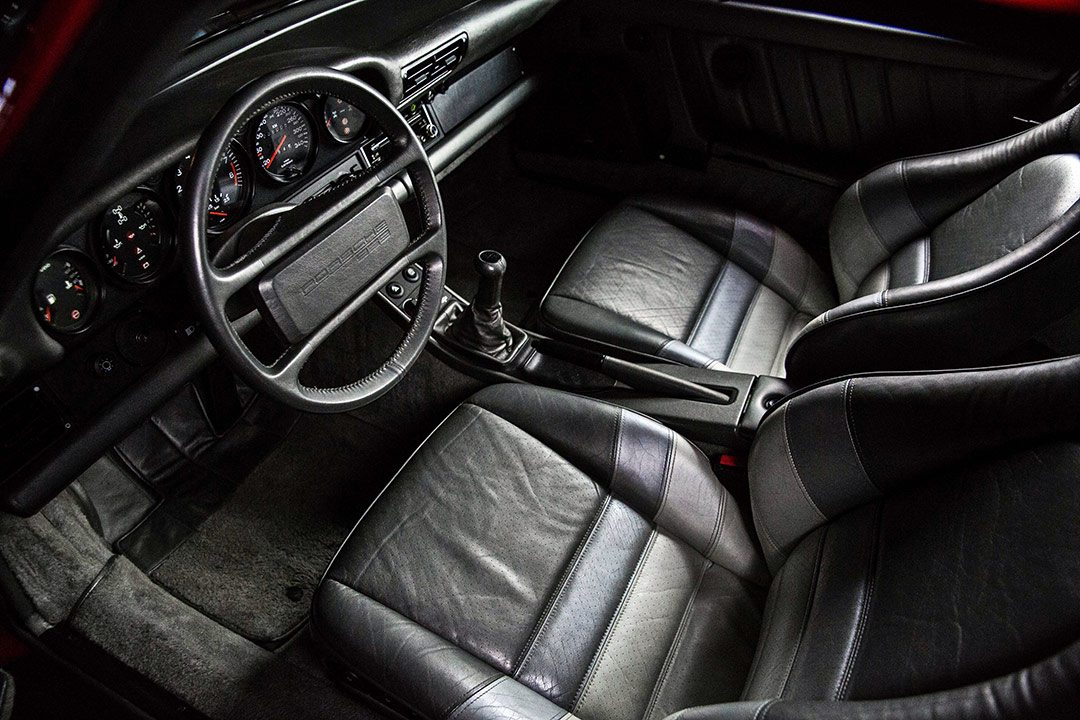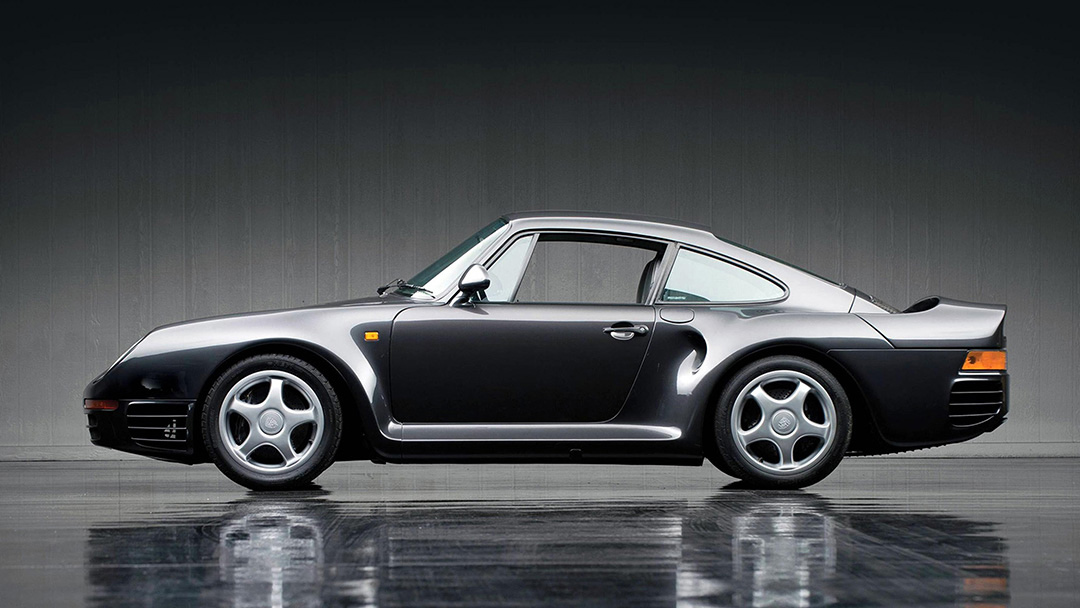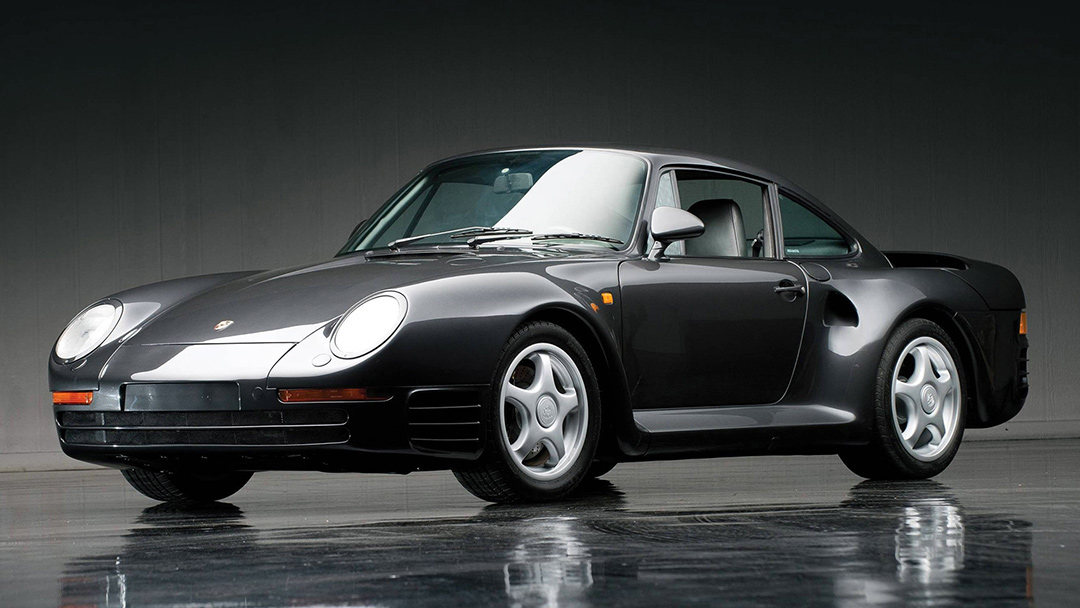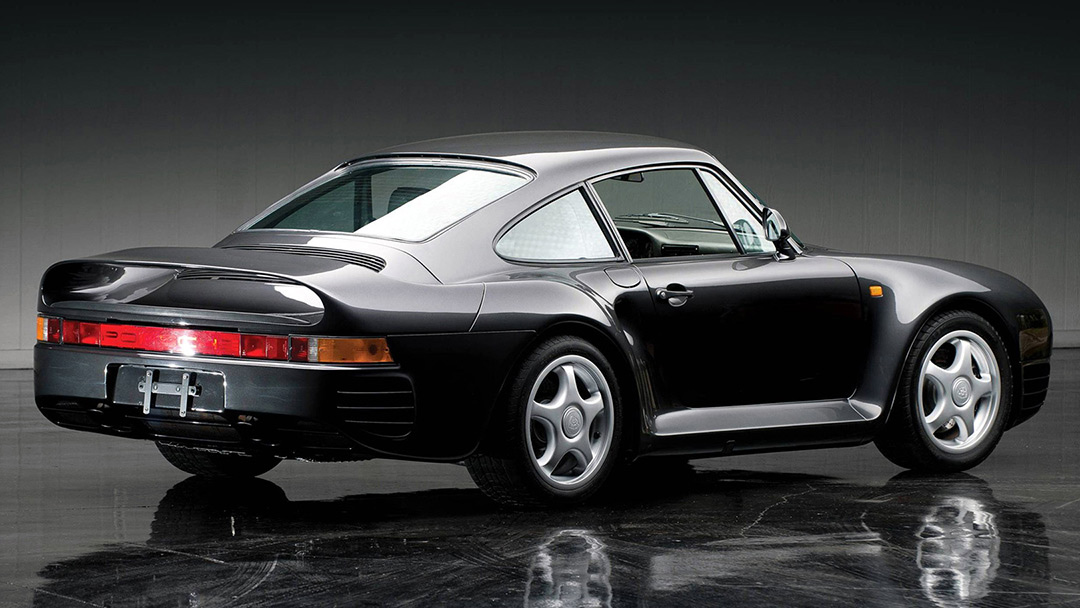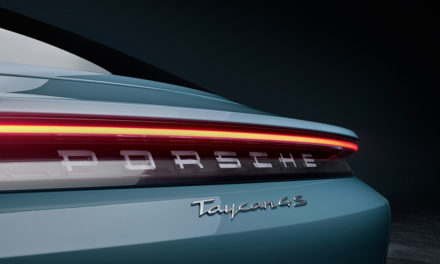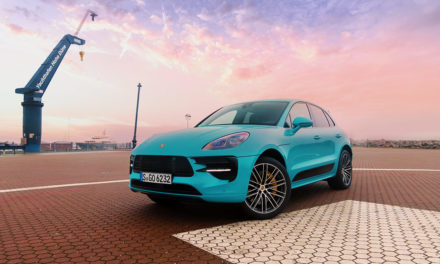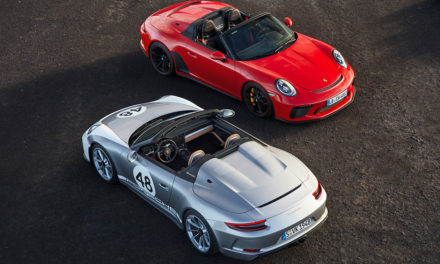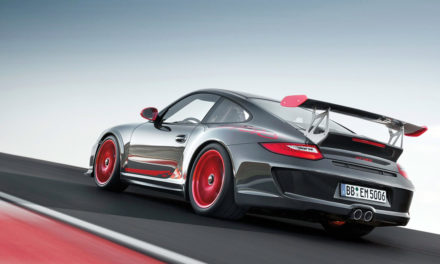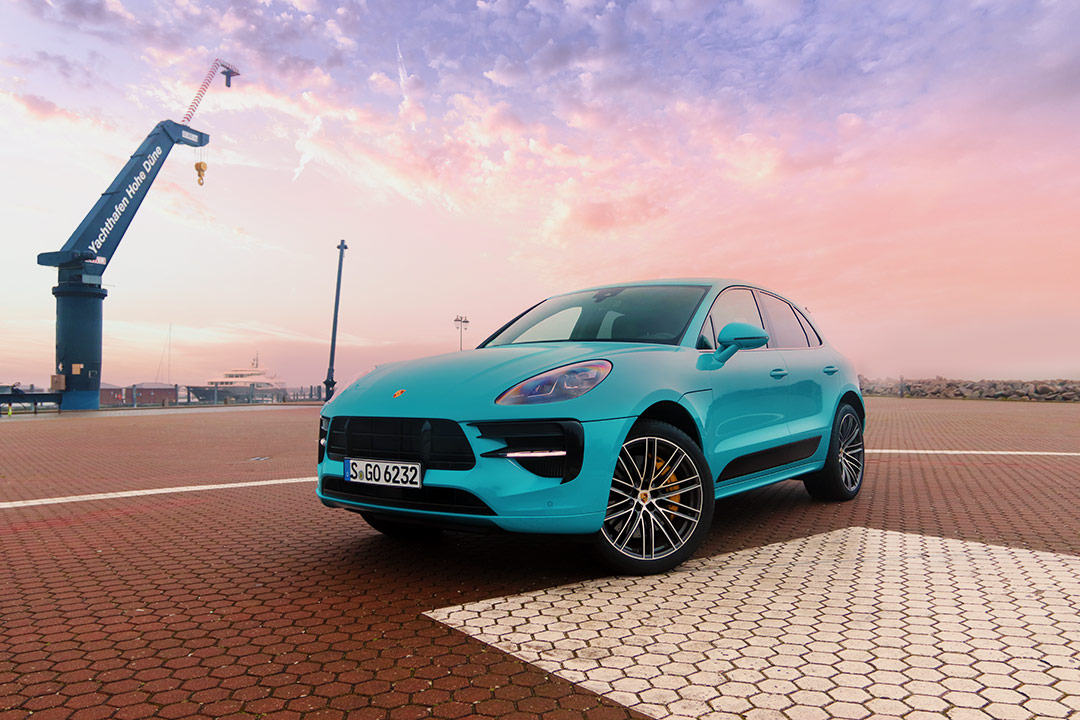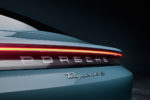Proof Porsche Discovered Time Travel
BEIRUT: I have a theory. It’s far too insane for rational people to wrap their heads around, let alone accept, but here it is anyway: Sometime in the near future, if they haven’t already, Porsche engineers will develop a time-machine and use it to travel back in time to the 1980s to completely shake up the car industry.
I realize my theory is way out there and falls smack in the middle of H.G Wells territory, but how else can you explain the 959?
Today we’ve only just getting accustomed to carbon fiber, what with manufacturers using the cutting-edge material in recent years to construct chassis, body panels, pods, prop shafts and countless trim pieces to reduce weight and add rigidity. You’ve seen the stuff used on the Lamborghini Aventador, the McLaren P1, The Ferrari LaFerrari and the Porsche 918 Spyder. Well, three decades ago Porsche was using Kevlar to manufacture the body panels for the 959. Yes, Kevlar, the lightweight space-age material that’s five times stronger than steel and which commandos use to protect themselves from bullets.
“The 959 featured ABS when everyone else was still braking on a hope and a prayer”
What’s even more incredible in my opinion is that the 959 was based on the 911’s monocoque chassis, unlike the Lamborghini Countach and the Ferrari Testarossa, which both used a tubular space frame. Not only did that mean the Italian cars had a lighter chassis, but also that the all the 959’s key dimensions were identical to the 911, including the wheelbase. Even the exterior shape of the cabin – doors, windows, windscreen and roof were the same.
And yet with the 959 Porsche managed to achieve a phenomenal drag coefficient of 0.31 – the best among all supercars – in the mid-‘80s thanks to its massive front air dam, huge rear spoiler, wide skirts and fiberglass-Kevlar flat undertray, all of which were created one step at a time in a wind tunnel. Those numbers were later surpassed by the likes of the McLaren F1 and the Lamborghini Diablo, but you don’t get awards for arriving late to the party.
Still, we’re talking about the car industry, and more specifically Porsche, where all these factors are meaningless unless they translate to functional benefits. Fortunately, they did, because three decades ago the 959 used a 2.85-liter twin-turbo DOHC flat-six – derived from the mill that powered the 956 and 962 Group C racers – to produce 450 horsepower and 500 Newton-meters of torque and accelerate from zero to 100 kilometers an hour in 3.6 seconds and on to a top speed of 317 kph, the fastest at the time.
Maybe I should put that in context: The 2012 Ferrari FF’s 6.3-liter 48-valve V-12, which produces 650 bhp and 683 Nm of torque, managed the 0-100 kph sprint in 3.7 seconds and a top speed of 335 kph, more than 25 years later. That’s more than twice the displacement and twice the number of cylinders.
And like the FF, the first Ferrari to employ four-wheel-drive – but only in certain conditions – the 959 was also equipped with an outstanding all-wheel-drive system that worked all the time and not only helped maintain control on bends at speed but proved an indispensable asset in inclement weather. And it did this 30 years ago.
You’d think all that alone would be enough to convince you there’s been some dabbling in quantum field theory in Weissach, but there’s more. Remember back in the 1980s when no one had even heard of anti-lock brakes? That’s right, you can’t remember because no one had heard of anti-lock brakes! Well not only had Porsche heard of it, but it had developed just such a system and installed it on the 959. Yeah, the 959 featured ABS when everyone else was still braking on a hope and a prayer.
Thirty years ago the 959 also rolled on lightweight wheels made from magnesium, the stuff that’s only now being used to make the roof of the latest 911 GT3 RS. Are you convinced yet that Porsche discovered time travel?
So, three decades ago this German marvel featured space-age materials, blistering performance that even today’s cars can hardly keep up with it using engines twice as big, all-wheel traction that its rivals are still struggling with, aerodynamics that puts NASA to shame, futuristic braking, a silky-smooth six-speed manual gearbox, and using one of history’s most iconic car body designs. Sounds like a spartan race car built solely for speed, right?
You wish. The 959’s cabin featured all the comfort and luxury of a premium car. In fact, the interior immediately felt familiar to anyone who’d ever been in a 911 (pre-996) – key on the left of the steering wheel, ideal ergonomics and all the various gauges and controls lined up across the dash.
But don’t be fooled. Except for the aforementioned chassis and some pieces here and there, this is as much a 911 as an F-35 is a Cessna – they both have wings, but beyond that the similarities end.
In total 337 959s were ever built, and that included prototypes and pre-production models. They only really had to make 200 to meet Group B homologation requirements, but demand was such that they went way over that figure. And although production ended in 1989 with 292 959s off the assembly line, another eight were later assembled from spare parts. They did, sadly, sell it at $225,000 per unit, less than half what it cost Porsche to build the car, although the final eight sold for around $400,000 per unit.
Would you like one? If you can find anyone mad enough to sell his 959, be warned that the last time one was sold at auction was in February and it pulled in an astonishing $2 million, half a million more than a Bugatti Veyron. Not bad for a 30-year- old car. But it makes sense, considering it was made using contemporary technology transported back in time to the ‘80s. Just be careful of the tachyon emissions.
A version of this article appeared in the June 2, 2017 edition of The Daily Star.

